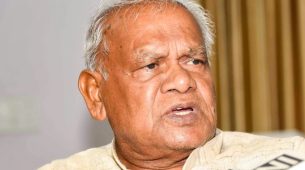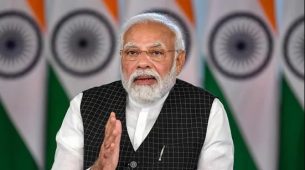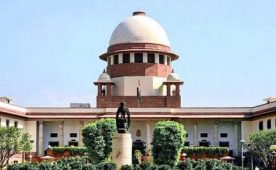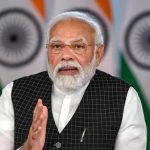Chhattisgarh Turns 18: The State Is Fiscally Responsible, But Gdp Growth Has Been Indifferent financialexpress.com
Earlier this month, on November 1, Chhattisgarh turned 18. However, the central Indian state hasn’t become one of the big boys yet. Despite there not being any big base effect, the state has not seen the kind of growth momentum that other comparable states have demonstrated. For instance, in 2017-18, Chhattisgarh grew at just 6.7%, which is slower than the pace reported by a Bihar of 11.3% or an Odisha which posted a GSDP growth of 7.1%. Even in the previous year, Chhattisgarh grew at a slower rate than both Bihar and Odisha, as it did in 2015-16, too, when the state’s performance was an ordinary 6% compared with 8.2% for Odisha.
In fact, Chhattisgarh has reported double digit growth only once in the last six years. The slow pace of growth suggests the state’s socioeconomic indicators may not have reported too much of an improvement since 2011-12, which is the last year for which the NSSO reports such data. At the time, Chhattisgarh’s poverty rate was 39.9%, way above the all-India average of 21.9%. To be sure, the state has more than its fair share of problems. Large areas are occupied by the Maoists and districts such as Bastar and Dantewada are among the most backward where it is extremely difficult to improve literacy or infant mortality rates.
However, given the state has seen a stable political regime and the BJP government has been in power for three terms now since 2003, the progress is somewhat disappointing. As economists point out, much like Odisha and even Madhya Pradesh, the state gets a bigger share of grants and taxes from the Centre at around 45-55%. This allows it to rely less on its own resources, borrowings and keep taxes reasonable; the share of own revenue to revenue expenditure for 2018-19 is budgeted at just 39.5%, lower than in previous years. In fact, Chhattisgarh has one of the lowest rates of VAT on aviation fuel which has been encouraging airlines to re-fuel there and has driven up air passenger traffic sharply over the years. But running a revenue surplus, as the state does, is not always meaningful and the state could have spent more on various schemes which could have speeded up development. Given the state receives a good amount from the Centre and that central tax devolution is untied, it could probably have made better use of the resources. But the state has lived within its means and it has been prudent in its borrowings, and interest payments account for less than 6% of revenue expenditure. Also, it faces little near-term redemption pressure because nearly 65% of its borrowings will mature after seven years. This is the highest level of long-term redemption amongst the non-special-category states. Also, despite being a hugely agrarian state, the government to its credit has not announced a loan waiver. Whether a middling economic performance—albeit with a large terror problem that needed to be tackled—is enough to convince the electorate to vote for the BJP again remains to be seen.







Leave Your Comment